Warm temperatures and fair skies brought me out to the park today as I envision a second year of breeding bird surveys along the river at Pedernales Falls State Park in Blanco County. I will be surveying all ten nestboxes, and recording all birds seen and heard at each location. Nestbox openings will be enlarged to an oval shape to accommodate more species, and to make it more inviting for Prothonotary Warblers.
Last year's bird research was setup to attract the Prothonotary Warbler to manmade nestboxes along the river. It is important to point out here that this part of Texas represents the western most range of this species and nesting attempts have been recorded in neighboring counties. However, because I did not see any Prothonotary Warblers during the 2008 bird surveys, the new 2009 study will be renamed to: Pedernales Falls State Park Breeding Bird Survey.
All birds observed and heard for a ten minute period, will be recorded at each nestbox during the breeding season, including nesting activity and fledglings. I expect the surveys will begin mid-March, as this is the time male Golden-cheeked Warblers begin setting up territory, and surveys will end sometime mid-July.
Today at the bird blind a single Fox Sparrow gave an occasional appearance along with a Dark-eyed Junco, two White-throated, several Lincoln's, and one Rufous-crowned sparrow. There were many Pine Siskins and American Goldfinches, plus two Orange-crowned Warblers and the usual year-round residents.
After visiting the bird blind I proceeded to mountain bike the Wolf Mountain Trail for a gorgeous day in the park. Temperatures reached the low 80's. Perfect weather to be biking in this beautiful hill country.
Prothonotary Warbler Occurrence In Texas
Central Texas draws the western line for the Prothonotary Warbler range. This species occupies much of eastern North America up to the southern boarder of Ontario Canada.
Prothonotarys' nest in natural cavities but also readily use nest boxes located on or near water. Flooded swamps represent ideal habitat but they will also nest along rivers or small bodies of water.
In May 2007 I saw a brightly colored male Prothonotary Warbler at Pedernales Falls State Park bird blind. After some research I learned male birds have been seen building nests in neighboring counties to Blanco County. Further research revealed a pair of Prothonotary Warblers successfully nested at Heard Wildlife Sanctuary in McKinney, Texas.
In December 2007 I decided to undertake a nest box study at the park. January through February 2008 I hiked the entire Pedernales River and tributaries within park boundaries, in an effort to choose the best sites. Habitat selection proved a challenge do to high flood levels along the river.
Five sights were eventually selected where two nest boxes each were placed. Most boxes were attached to trees however two were attached to metal poles. These boxes were monitored from March through June 2008 on a weekly basis. A Breeding Bird Study was conducted at each nestbox location in 2008 and will be continued in 2009.
Prothonotarys' nest in natural cavities but also readily use nest boxes located on or near water. Flooded swamps represent ideal habitat but they will also nest along rivers or small bodies of water.
In May 2007 I saw a brightly colored male Prothonotary Warbler at Pedernales Falls State Park bird blind. After some research I learned male birds have been seen building nests in neighboring counties to Blanco County. Further research revealed a pair of Prothonotary Warblers successfully nested at Heard Wildlife Sanctuary in McKinney, Texas.
In December 2007 I decided to undertake a nest box study at the park. January through February 2008 I hiked the entire Pedernales River and tributaries within park boundaries, in an effort to choose the best sites. Habitat selection proved a challenge do to high flood levels along the river.
Five sights were eventually selected where two nest boxes each were placed. Most boxes were attached to trees however two were attached to metal poles. These boxes were monitored from March through June 2008 on a weekly basis. A Breeding Bird Study was conducted at each nestbox location in 2008 and will be continued in 2009.
Saturday, January 3, 2009
Subscribe to:
Post Comments (Atom)

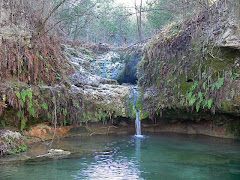
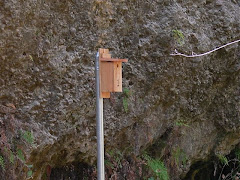
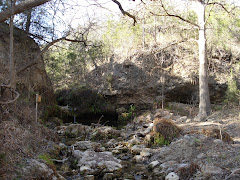
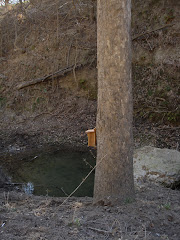
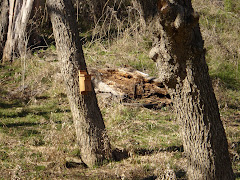




No comments:
Post a Comment